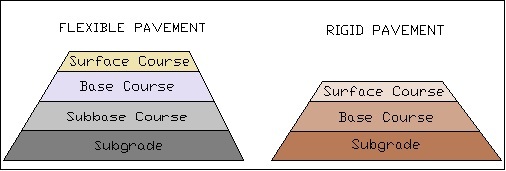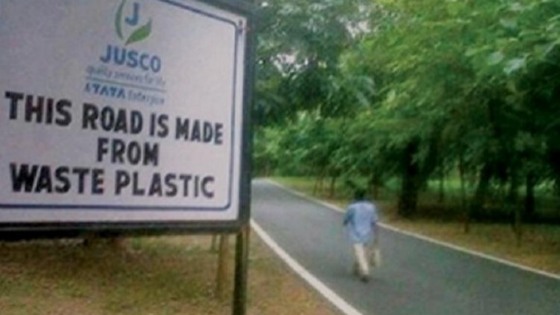A tunnel is an underground passageway, dug through the surrounding soil/earth/rock and that is enclosed except for the entrance and the exit, commonly at each end.
A pipeline is not considered as a tunnel, though some recent tunnels have been using the immersed tube construction techniques rather than making use of the traditional tunnel boring methods.
More underground tunnel construction technologies enabling easy access for the construction in any terrain. Electronic monitors and the sensors are placed in the tunnel boring machine (TBM) which helps in the smooth functioning of the machine while digging, avoiding existing structures in the process.

Tunnel Planning
Government funds are needed for the construction of the tunnels. These are the factors which are given below must be considered for Project planning and cost estimation
- When a tunnel is being planned for construction, economics and politics play an important role in the process of decision making.
- Civil Engineers generally make use of the management techniques for the development of a major structure.
- Understanding the amount of the time the project requires, and the amount of labour that is needed for the project is a crucial part of project planning.
- The project duration must be identified by making the use of work breakdown structure (WBS) and the Critical path method.
- The proper machinery must be selected for the construction and the land which is required for the excavation and the construction staging must be proper.
- It should be having proper funding source through the issuance of the bonds.
Tunnel Construction
Tunnels are dug in types of the materials varying from soft clay to the hard rock. The methods for the construction of the tunnel is depending on the various factors and they are the ground conditions, the conditions of the groundwater, the length and the diameter of the tunnel drive, the depth of the tunnel, the logistics of supporting the tunnel excavation, the final use and the shaping of the tunnel and the appropriate risk management.
There are basically here types of tunnel construction which are in common use. cut-and-cover tunnels are the tunnels which are constructed in a shallow trench and then covered over. Bored tunnels are the tunnels that are constructed in the in situ, without the removal of ground above. Finally, a tube can be sunk into a body of water which is termed as an immersed tunnel.
Also Read: Tunnel Construction Method
Tunnel Boring Machines (TBM)
Tunnel boring machines and the associated back-up systems are used for the highly automating the entire tunnelling process, reducing the tunnelling costs. Tunnel boring is viewed as a quick and cost-effective alternative for laying the surface roads and the rails in the urban areas.
Disadvantages of the TBMs arise from their usually large size. It poses the difficulty of transporting the large TBM to the site of tunnel construction, or the high cost of the assembling the TBM on-site, often within the confines of the tunnel being constructed.
Watch: How does a tunnel boring machine work?
There are varieties of TBM designs that can be operating in a variety of conditions, from hard rock to soft water-bearing ground. Some types of the TBMs, the bentonite slurry and earth-pressure balance machines, helps in pressurising the compartments at the front end and also allowing them to be used in the difficult conditions below the water table.
This helps in pressurizing the ground ahead of the TBM cutter head for balancing the water pressure. The operators used to work in the normal air pressure behind the pressurised compartment, but they might occasionally have to enter that compartment for the renewal or repair of the cutters. This requires the special precautions, such as the local ground treatment or halting the Tunnel Boring Machines are now preferred over the older methods of tunnelling in compressed air, with an airlock/decompression chamber some way back from the TBM, which is required for operators for working in high pressure and going through the decompression procedures at the end of their shifts, much like the deep-sea divers.

